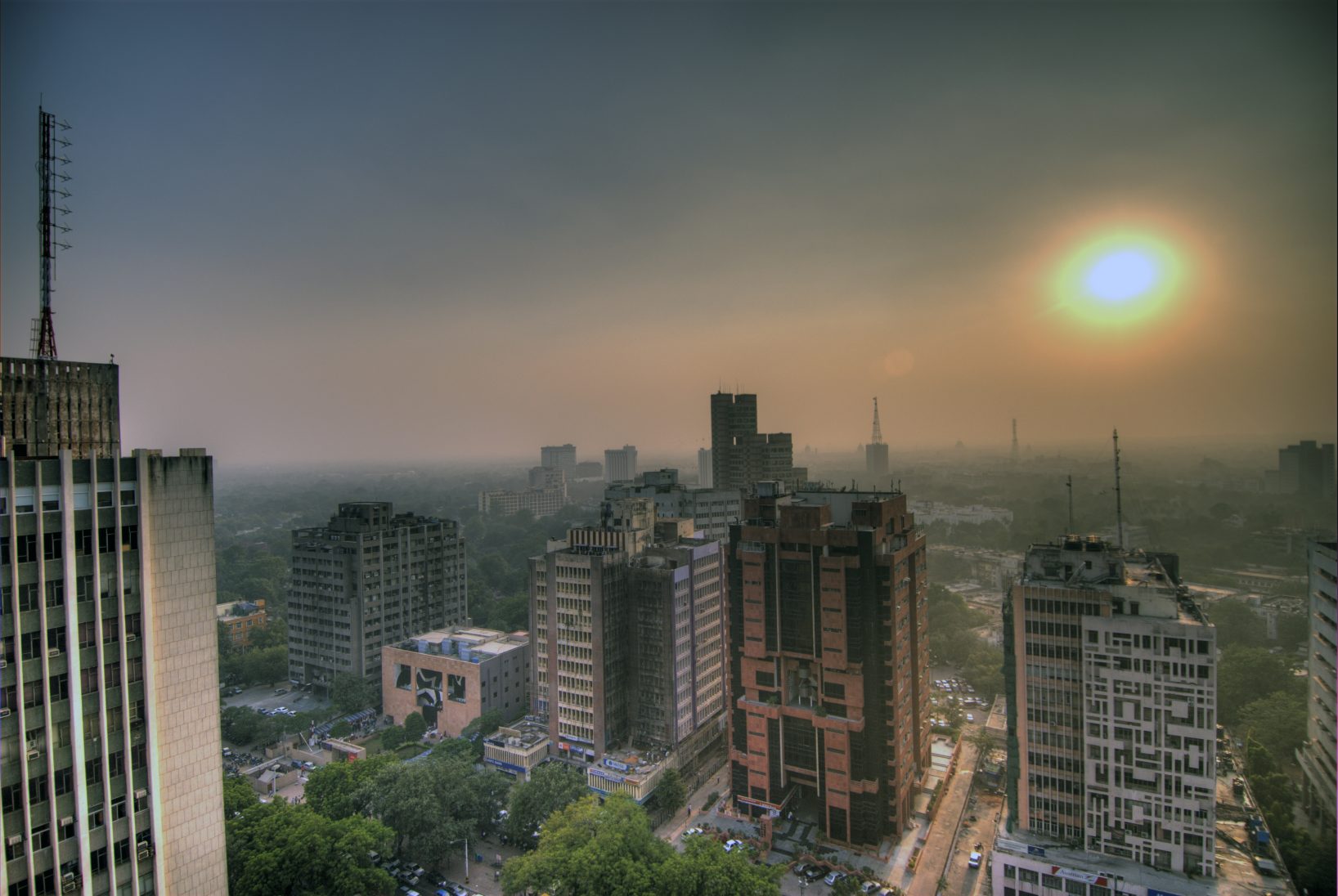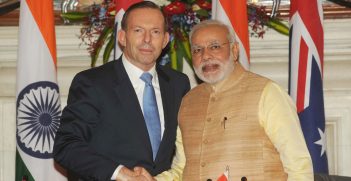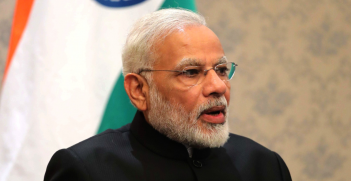Smog Raj: Delhi Grapples With Toxic Air

As one of the most polluted cities in the world, Delhi has attempted to implement policies to mitigate smog.
India’s vast capital city Delhi has emerged as one of the world’s biggest and most complex urban systems. The contiguous network of suburbs and towns which sprawl around the city’s historic heart is already home to 29 million people, according to United Nations estimates. It is forecast to add an eye-watering 870,000 people per year during the next decade as a growing share of the Indian population settles in cities. By 2028, Delhi’s population will overtake that of Tokyo, currently the world’s biggest urban agglomeration with 37 million people.
India’s landlocked megacity, which only reached the 20 million mark a decade ago, is “projected to become the most populous city in the world with 39 million people in 2030,”says the latest World Urbanisation Prospects report by the UN’s Department of Economic and Social Affairs. With such rapid growth comes colossal challenges, especially in a nation where gross domestic product per person is only a little over US $2,000 per year in nominal terms, according to World Bank figures.
One of Delhi’s most pressing problems – air pollution – made global headlines in early November after toxic smog enveloped the city. In some neighbourhoods, the amount of harmful particulate matter in the atmosphere last weekend was more than 10 times the global safety threshold. “Delhi has turned into a gas chamber,” the chief minister of Delhi’s government, Arvind Kejriwal, said in a recent tweet.
There is acute public concern; at busy intersections and inside railway stations across the city electronic displays flash regular air quality updates. One of Delhi’s urban satellites, Gurugram (previously called Gurgaon), has emerged as a global business hub and hosts some of the world’s biggest IT firms, banks, and business consultancies. Its skyscrapers and shopping malls contrast with the wide avenues and colonial-era government buildings of inner Delhi.
During lunch hour at Cyber Hub, one of Gurugram’s high-tech corporate parks, cafes are filled with some of India’s best-paid knowledge workers. A promotional message played on the local PA system describes it as a “premium socialising zone.”
But Gurugram has another, less appealing claim to fame. Last year it was ranked the world’s most polluted urban centre by the AirVisual World Air Quality report. “The air here can be really bad,” says business consultant Sweta Sharma as she waits for coffee at Cyber Hub’s Starbucks. “Many people are getting air purifiers and staying indoors.” Air purifiers are increasingly common in the homes of wealthier Delhi families as well as offices, gyms, restaurants and classrooms.
But many Delhi residents convince themselves they have nothing to worry about. Rajeev Thakur, a waiter at one of Cyber Hub’s restaurants, claims to have “acclimatised” to the smog since he migrated to Delhi from the east of India three years ago in search of work. “Even though the pollution gets very bad here I am now used to it,” he says. “But if you are new to Delhi, I suggest you wear a mask.”
Following several days of especially poor air quality in early November Dr Arvind Kumar, a leading Delhi lung surgeon and founder of the Lung Care Foundation, told the Bloomberg news agency that “a child born yesterday in Delhi would have smoked 40-50 cigarettes on the first day of his or her life. A silent damage was occurring inside our body.”
Locals have become resigned to severe pollution as the north Indian winter approaches. Farmers in neighbouring states begin burning crop stubble each October to prepare for a new harvest. The smoke drifts over the neighbourhoods of Delhi and blends with the emissions from vehicles and industry. Fumes from fireworks let off during Diwali, the Hindu festival of lights, add to the toxic mixture.
Siddharth Singh, author of a book called analysing air pollution called The Great Smog of India, says Delhi also suffers from a “meteorological misfortune.” For a period from around October to February – north India’s winter months – wind speeds are especially low. Singh says the lack of winds that can carry away pollutants is “one of the most important factors impacting air quality” in north India.
To make matters worse, Delhi is cursed with “poor geography” for air pollution because of its location between the Thar Desert and the Himalayan mountain range. “Regardless of where the emissions are coming from they are going to get trapped due to the geography of north India,” says Singh.
Voter anxiety over the health effects of poor air quality means authorities are under intense political pressure to respond. Delhi’s provincial government has closed coal-fired power stations in Delhi and required some high-emission industries to switch to cleaner fuels such as natural gas. Chief Minister Kejriwal claims air pollution has been reduced due to measures taken by his government. But as Delhi’s air quality deteriorated in late October and early November, authorities declared a public health emergency. Schools were closed for several days, millions of masks were distributed to students, and construction across the city was temporarily halted in a bid to reduce pollution.
A temporary odds-and-events scheme for vehicles was introduced – where licence-plate number determined road access – in the hope of reducing pollution. Mr Kejriwal claims states beyond the Delhi metropolitan area are responsible for the majority of the city’s air quality problems, especially the farming practice of burning stubble after rice harvests.
Siddarth Singh says changes linked to the green revolution which transformed Indian agriculture several decades ago are now contributing to pollution in north India. One factor is that the husks left after harvesting modern high-yielding rice crop varieties are much more difficult to remove from fields. Burning rice husks is the quickest, cheapest alternative available to small farmers. “People assume stubble burning or agricultural residue burning has been going on for centuries,” says Singh. “This in fact is a product of India’s green revolution.”
While Delhi’s pollution problems dominate the headlines, poor air quality affects much of the densely populated Indian subcontinent. Twelve of the 15 most polluted cities in the world are in India and pollution killed an estimated 1.24 million citizens in 2017.
Matt Wade is a senior reporter and columnist for the Sydney Morning Herald and The Age. He was the Delhi-based South Asia correspondent for The Herald and The Age between 2007 and 2011.
This article is published under a Creative Commons Licence and may be republished with attribution.





